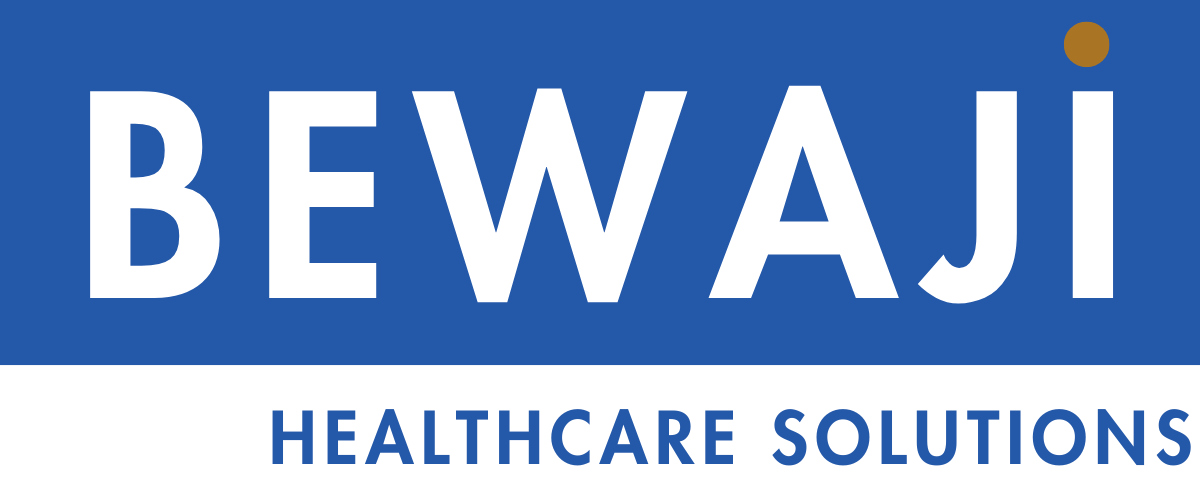Introduction
The adoption of digital health platforms is changing the delivery of healthcare services and presenting new opportunities for business model innovation. These platforms, notably Virtual Primary Care Solutions, are increasingly central to modern healthcare strategies. They enable healthcare providers to deliver comprehensive care remotely, enhancing accessibility, efficiency, and patient engagement. This article explores how virtual primary care, coupled with telehealth, remote patient monitoring, digital therapeutics, and digital engagement platforms, improves patient outcomes, creates new revenue models, and optimizes healthcare service delivery.
Virtual Primary Care
Virtual primary care offers a scalable and accessible model for delivering comprehensive healthcare services. These platforms leverage healthcare IT infrastructure to facilitate text- and video-based consultations, AI-driven personalized care, and seamless integration with electronic health records (EHRs).
- Service Delivery: Virtual primary care platforms enable healthcare providers to offer various services, including routine check-ups, chronic disease management, and preventive care. These services are delivered through telehealth technologies that connect patients with providers remotely, reducing the need for physical visits. Integrating AI-driven healthcare solutions further personalizes care by analyzing patient data and providing tailored health recommendations.
- Revenue Models: Virtual primary care generates revenue through various channels. Subscription-based models allow patients to access multiple services for a fixed fee. In contrast, pay-per-visit fees cater to those who prefer one-off consultations. Additionally, partnerships with employers and insurance companies, which integrate these services into their benefits packages, create a stable revenue stream. These models enhance healthcare business model innovation and improve healthcare service scalability.
- Scalability and Efficiency: The virtual primary care model significantly reduces the need for physical infrastructure, enabling rapid scaling to accommodate growing patient demands. This approach enhances healthcare operational efficiency, allowing providers to serve more patients without physical space constraints.
While virtual primary care effectively addresses general healthcare needs, telehealth, and remote patient monitoring extend this support by providing continuous care for chronic conditions.
Telehealth and Remote Patient Monitoring
Telehealth and remote patient monitoring are integral to digital health platforms, offering continuous, real-time care for chronic disease management. These technologies are pivotal in maintaining patient health between regular appointments, reducing hospital readmissions, and improving overall patient outcomes.
- Real-Time Monitoring: Through wearable health monitoring devices and other remote tools, healthcare providers can monitor patients’ health metrics, such as blood pressure, glucose levels, and heart rate, in real-time. This continuous monitoring allows for timely interventions and the adjustment of treatment plans, enhancing patient care.
- Revenue Generation: Telehealth services generate revenue primarily through consultations, often charged per session. Additionally, subscription services for remote monitoring can provide a consistent income stream. These healthcare revenue models support the financial sustainability of digital health platforms and contribute to healthcare cost reduction strategies by preventing complications that would require more expensive treatments.
- Improving Outcomes: Telehealth and remote monitoring tools have been shown to significantly reduce hospital readmissions, particularly for patients with chronic conditions such as heart disease and diabetes. This reduction leads to substantial cost savings for providers and patients while improving patient satisfaction and health outcomes.
Beyond monitoring, digital therapeutics provide a personalized approach to healthcare, further enhancing patient care through targeted interventions.
Digital Therapeutics and Personalized Health Programs
Digital therapeutics represent a cutting-edge approach to healthcare, utilizing software-based interventions to prevent, manage, or treat medical conditions. These solutions are tailored to patients’ individual needs, offering personalized healthcare programs that are both effective and convenient.
- Customizable Interventions: Digital therapeutics platforms offer a variety of interventions, including personalized exercise regimens, dietary plans, and behavioral therapies. These programs are designed to manage chronic conditions more effectively by addressing each patient’s specific needs. Integrating AI healthcare consultations into these platforms ensures that the recommendations are continually optimized based on the latest data.
- Revenue Streams: Digital therapeutics are monetized through subscription models, where patients pay for ongoing access to these personalized programs. Additionally, pay-per-use models are available for those who require specific interventions. Integration with employer wellness programs also provides a revenue stream as companies invest in the health of their employees.
- Chronic Disease Management: Personalized healthcare programs are crucial for effectively managing chronic diseases. By tailoring interventions to the individual, these programs can improve patient outcomes and reduce the burden of chronic diseases on the healthcare system.
While digital therapeutics focus on personalized care, the digital front door strategy ensures that patients are engaged from their first interaction with the healthcare system, enhancing the overall patient experience.
Digital Front Door and Engagement Platforms
The digital front door strategy is a critical component of modern healthcare. It utilizes. It utilizes intelligent digital technologies to streamline patient engagement from the initial point of contact. This approach not only improves the efficiency of healthcare delivery but also enhances patient satisfaction and retention.
- Patient Engagement Tools: Digital front-door platforms include various tools designed to engage patients early in their healthcare journey. These tools, such as symptom checkers, chatbots, provider search engines, online scheduling systems, and virtual check-ins, simplify the process of accessing healthcare services. By offering these services digitally, healthcare providers can reduce wait times, improve access to care, and enhance the overall patient experience.
- Revenue Opportunities: The digital front-door strategy offers multiple revenue-generating opportunities. Platform fees and service charges are standard, mainly when these tools are provided as part of a broader digital health platform. Partnerships with other healthcare providers and technology companies can further enhance revenue potential. These strategies contribute to the ecosystem of overall digital health engagement platforms, making healthcare more accessible and efficient.
- Operational Efficiency and Patient Retention: Digital front-door platforms improve healthcare operational efficiency by optimizing the patient journey from the initial interaction. This improvement not only reduces costs but also increases patient satisfaction and retention. Engaged patients are more likely to adhere to treatment plans, attend follow-up appointments, and maintain a positive relationship with their healthcare providers.
As we have explored, these digital health innovations are reshaping the healthcare landscape, enhancing patient care, and creating new opportunities for revenue generation and operational efficiency.
Digital health platforms, including virtual primary care solutions, telehealth, remote patient monitoring, digital therapeutics, and digital engagement platforms, are vital to modernizing healthcare. These innovations make healthcare more accessible, efficient, and personalized, driving improved patient outcomes and provider financial sustainability. As the healthcare industry continues to evolve, embracing these technologies is essential for staying competitive and meeting the growing demands of patients in a digital world.
Healthcare providers should recognize that digital transformation is not just about enhancing patient care but also about seizing new business model opportunities that can significantly mitigate the costs of this transformation. By embracing these digital health solutions, providers can unlock innovative revenue streams and operational efficiencies essential for sustaining growth in a competitive landscape. Ignoring these opportunities could mean missing out on the financial benefits of being at the forefront of healthcare innovation.


